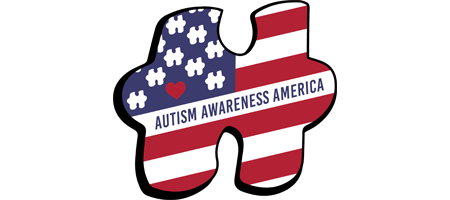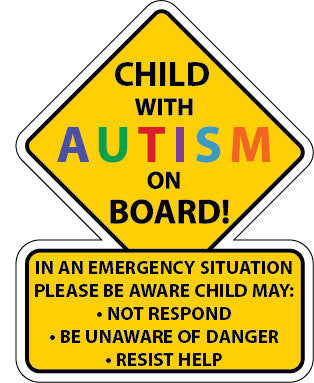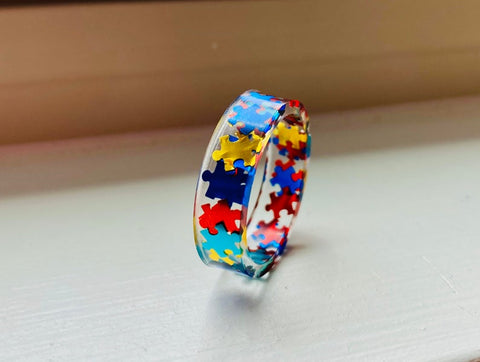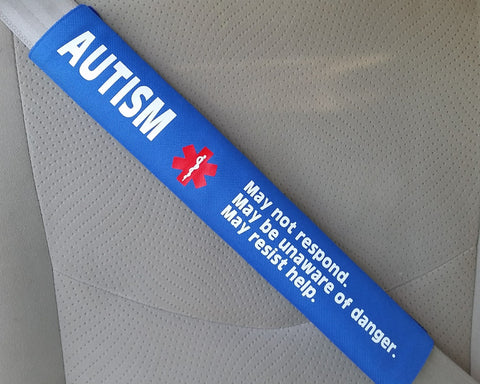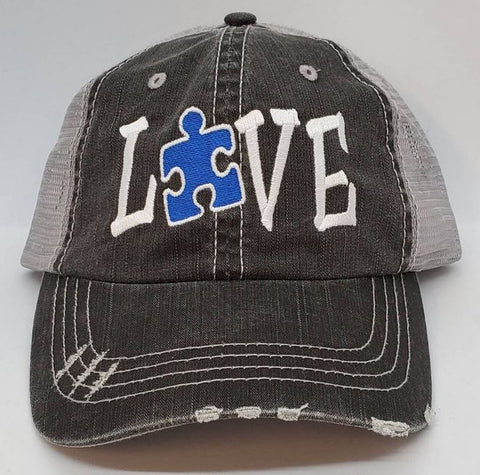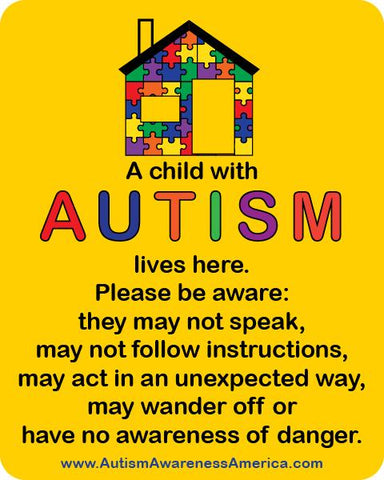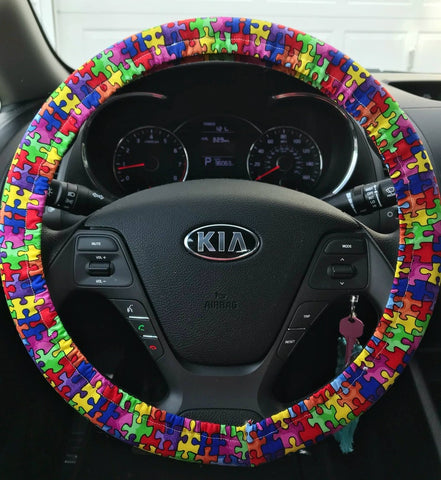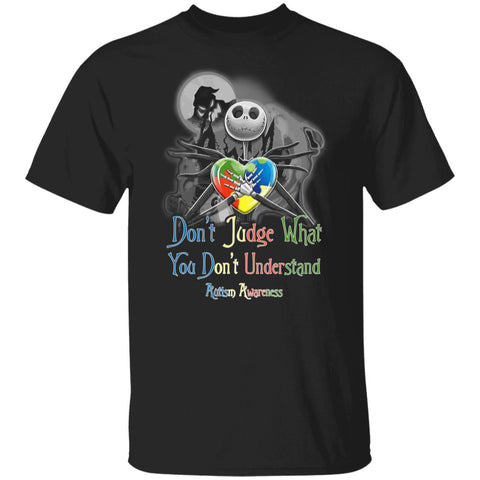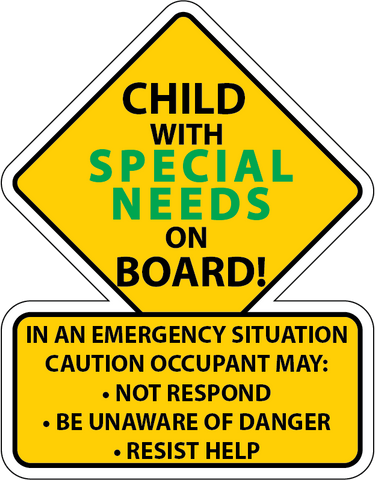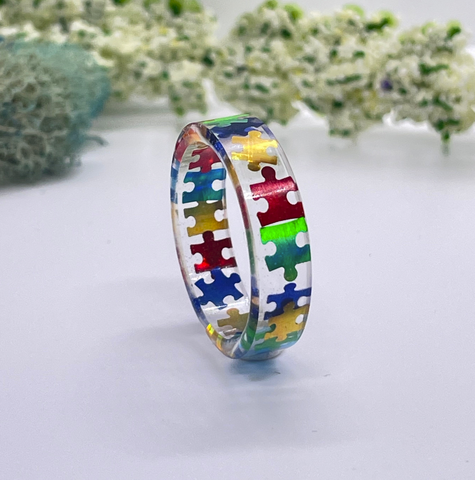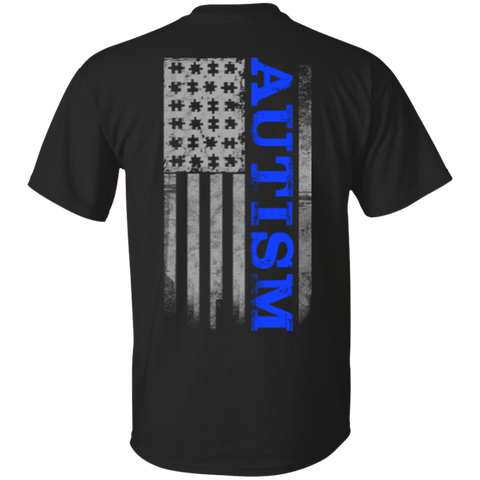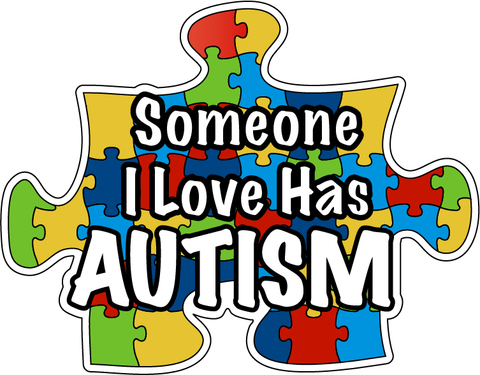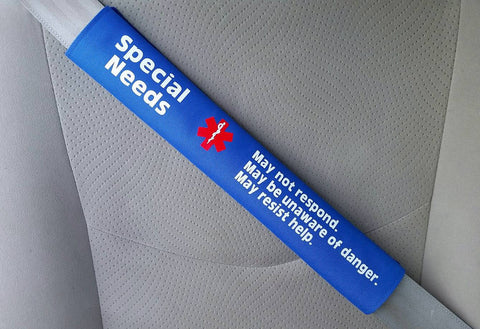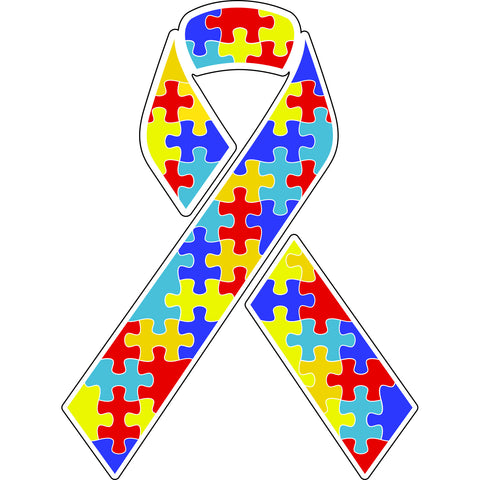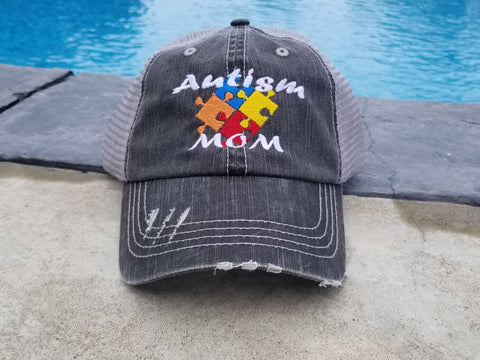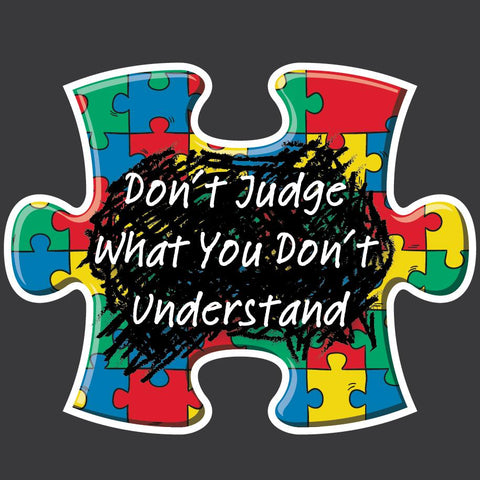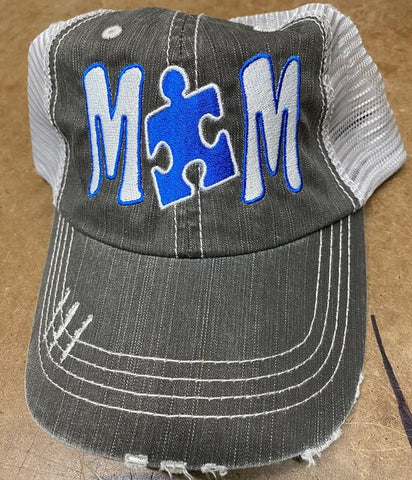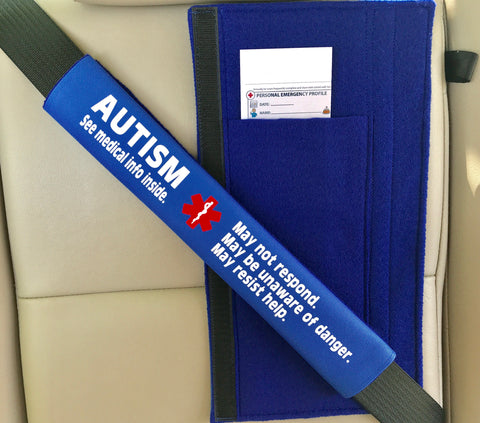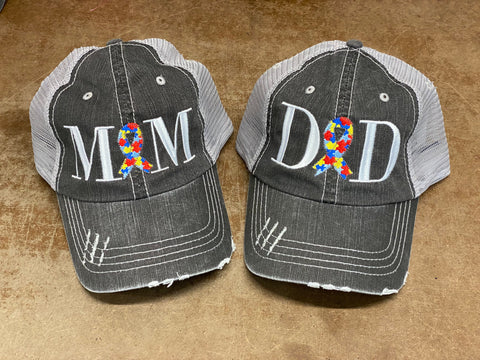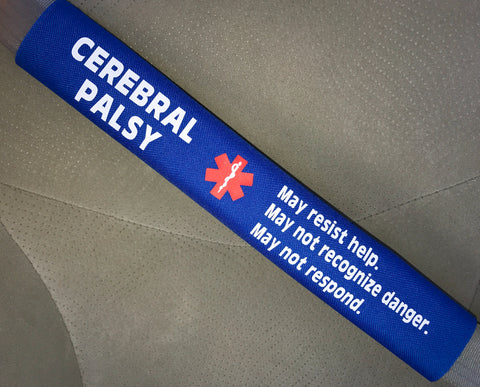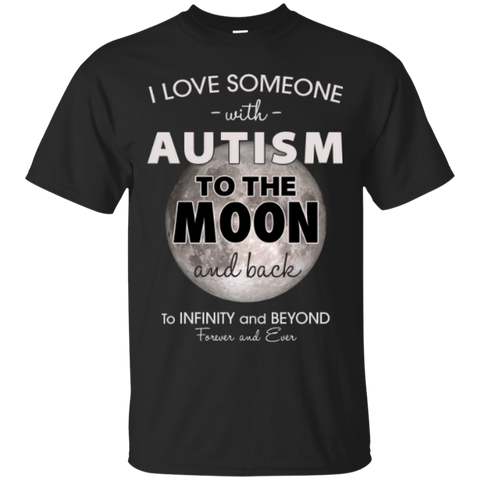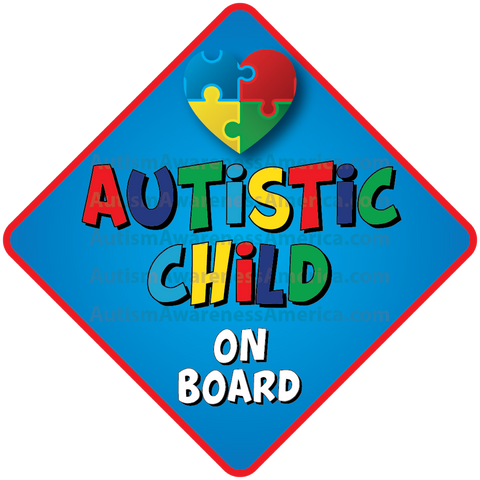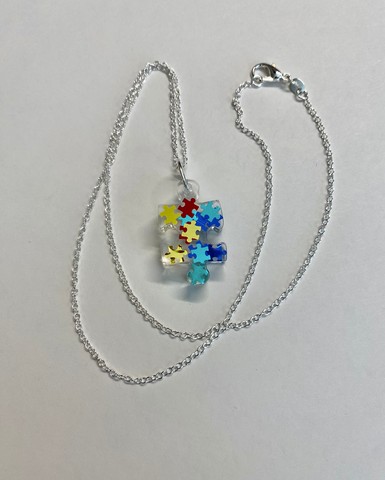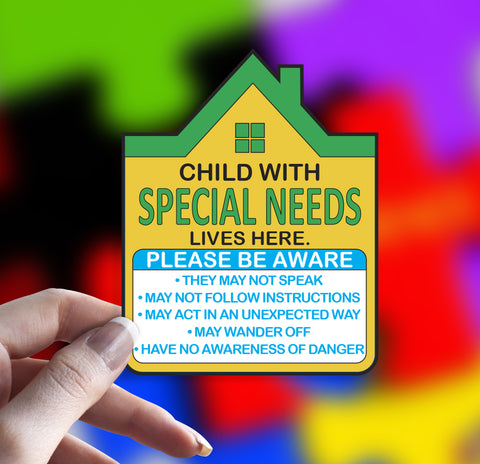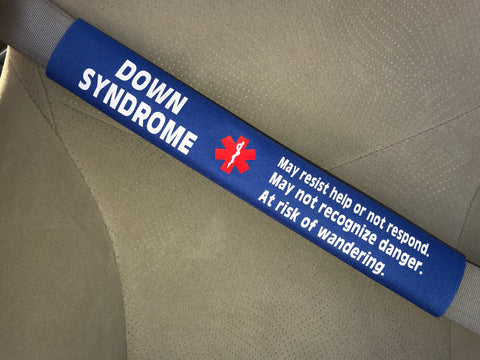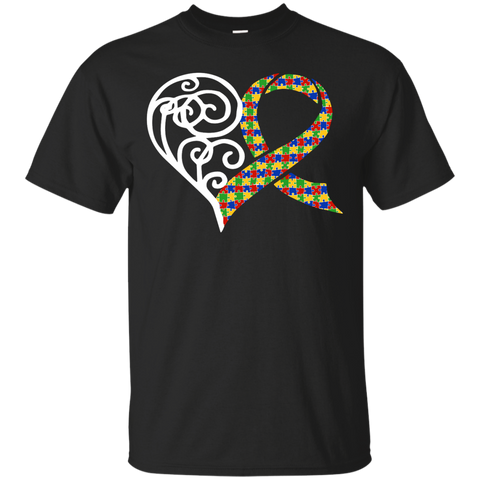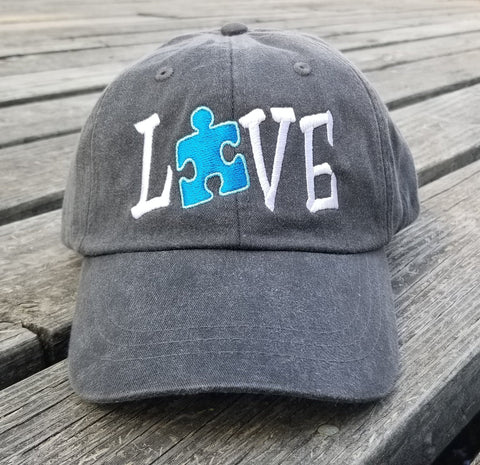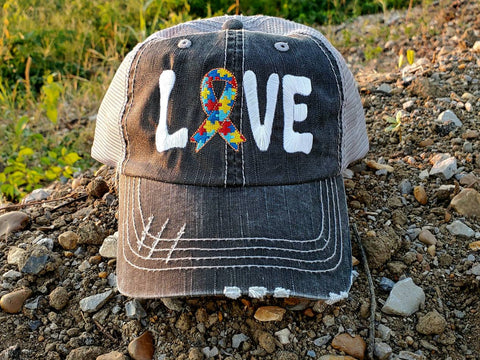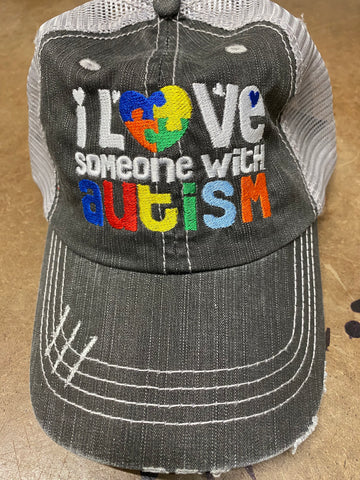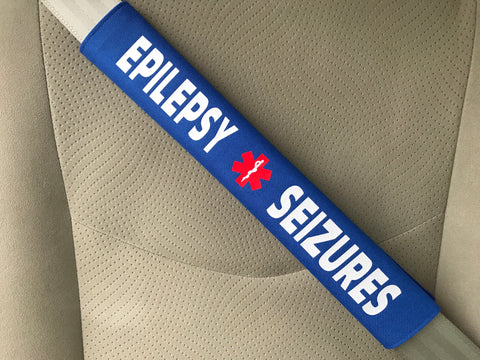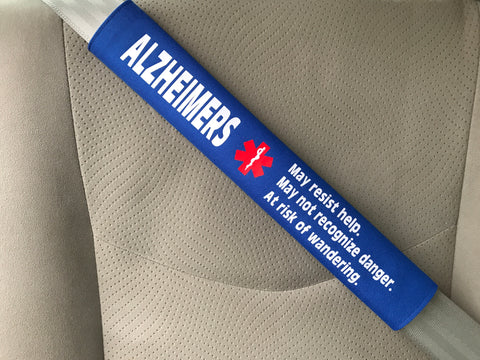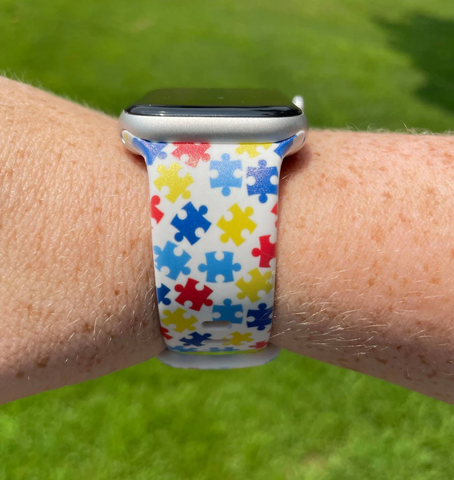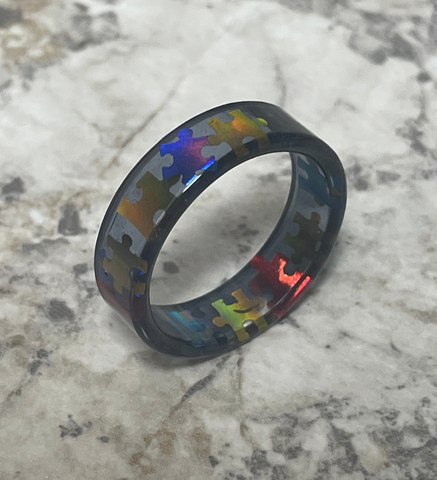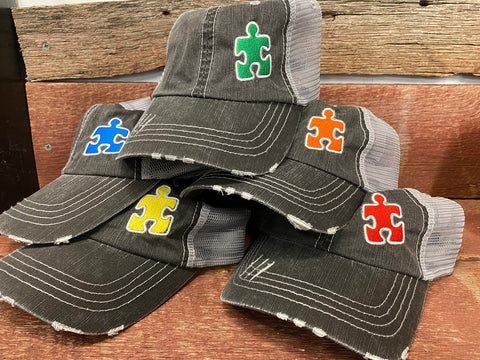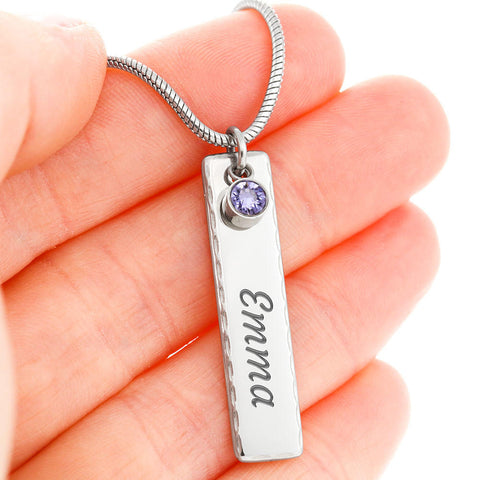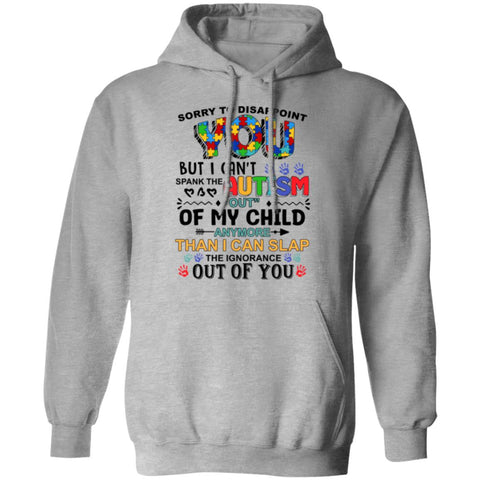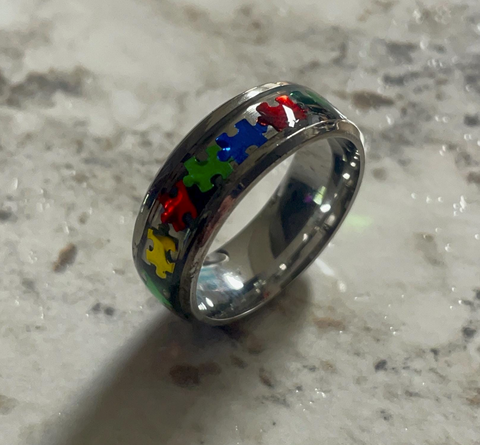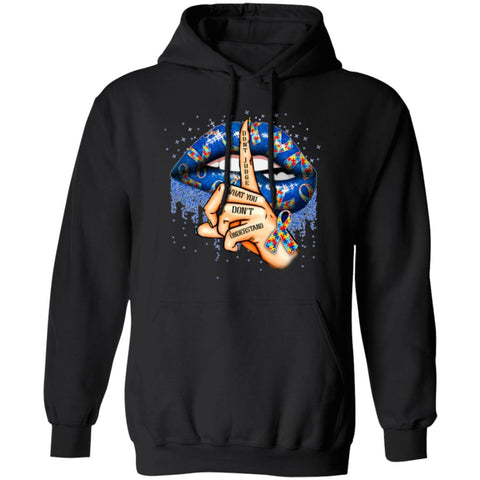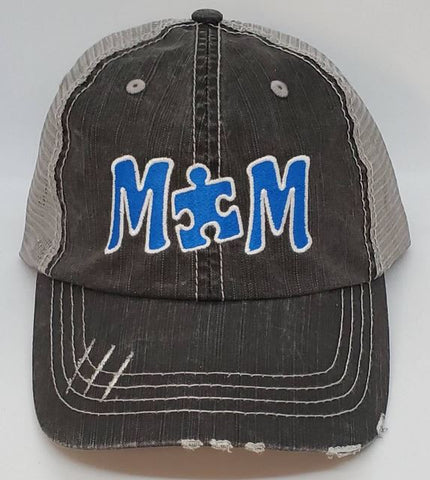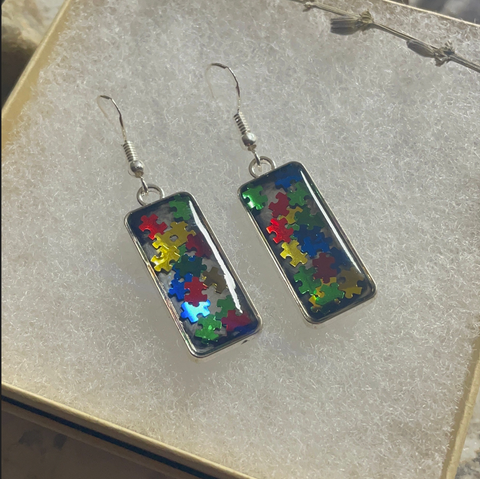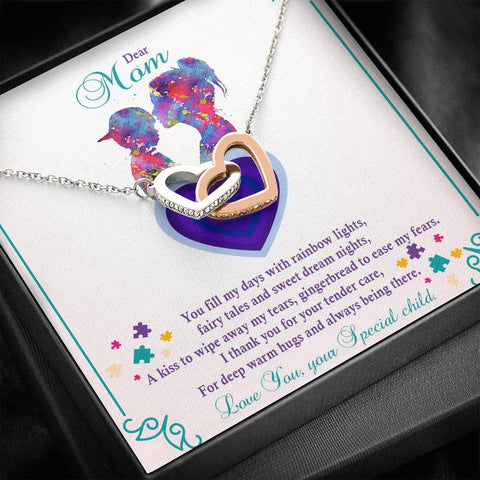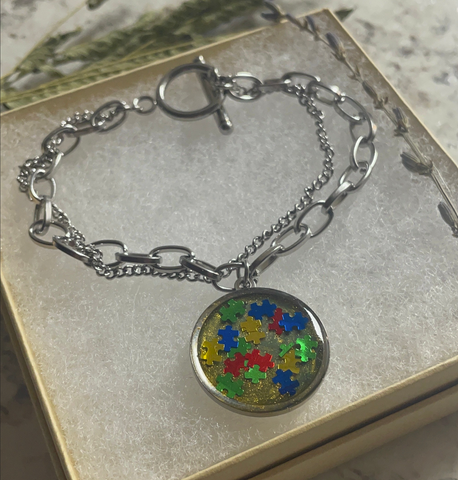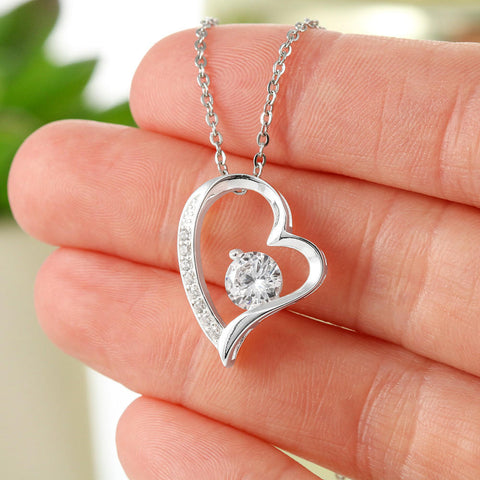The obsessive interests that consume many kids on the spectrum may turn out to be pathways to growth.

Dinosaurs, Star Wars, train schedules, Disney princesses, maps, LEGO—subjects such as these can become all-consuming passions for children on the autism spectrum. What therapists and educators often call “circumscribed” or “restricted” interests (or, more generously, “special” interests) make up a characteristic symptom of autism spectrum disorder (ASD). The current edition of psychiatry’s Diagnostic and Statistical Manual of Mental Disorders describes them as “highly restricted, fixated interests that are abnormal in intensity or focus.” Roughly 90 percent of high-functioning kids with ASD display at least one such interest during their elementary school years, according to a 2007 survey conducted at the Yale University Child Study Center, one of the few studies to have examined the topic.
For a family with an affected child, this kind of narrow preoccupation can be tedious and exhausting. Imagine a kid who will talk about nothing but the exits on the New Jersey Turnpike or the Captain Underpants book series. (Both actual examples.)
Therapists and educators have traditionally tried to suppress or modulate a child’s special interest, or use it as a tool for behavior modification: Keep your hands still and stop flapping, and you will get to watch a Star Wars clip; complete your homework or no Harry Potter. But what if these obsessions themselves can be turned into pathways to growth? What if these intellectual cul-de-sacs can open up worlds? That is the idea explored in the film Life, Animated, a contender for the Academy Award for Best Documentary this Sunday night.
The film is based on the 2014 book of the same title by the Pulitzer Prize–winning journalist and author Ron Suskind. It tells the remarkable story of how the author and his wife, Cornelia, were able to reach their silent and withdrawn autistic son, Owen, by actively embracing and nurturing in his passionate interest in animated Disney films.
The Suskinds happened upon this method after noticing that a line of apparent gibberish that Owen kept repeating at around age four was actually a key bit of dialogue from The Little Mermaid. Although Owen’s pediatrician initially dismissed the phenomenon as echolalia—the seemingly random repetition of familiar phrases that is a common feature of autism—the Suskinds became convinced that Owen was using Disney characters and scripts, which he memorized, to understand the world around him.
As the film and book recount, a breakthrough moment arrived when six-year-old Owen—having noticed his older brother looked sad after a birthday celebration—walked up to his parents and observed that “Walter doesn’t want to grow up, like Mowgli [the hero of The Jungle Book] or Peter Pan.” It was his first burst of spontaneous and complex speech.
From that point on, Disney therapy—watching the films together, talking about the characters and their feelings, relating them to Owen’s life, relishing them—became a way of life in the Suskind home, ultimately helping Owen find his voice and place in the world.
Why did it work? Ron Suskind believes it is because kids with autism “have the full complement of emotions and they want to share them and grow in all the ways the rest of us grow,” as he explained in an interview. “What we began to realize is that just by loving what he loved, we were signaling to him a whole basket of things that parents are traditionally able to signal to their children. And the more we did that, the more he opened up.” Another crucial element, Suskind says, is sharing joy. “Owen was noticing our desire 24/7 to ‘fix’ him, but you can’t spend your life trying to fix someone. It’s not an appropriate relationship between a parent and a child. We realized we were not finding joy together, and that’s a big part of this equation.”
Suskind’s book and the Oscar-nominated film quickly caught the attention of the autism community, and have triggered a growing reappraisal of restricted interests, which the Suskinds call “affinities.” The result has been new technology and, soon, a spurt of new research.
In response to the many families who contacted him after reading about Owen, Suskind began to work with one of the inventors of Apple’s Siri and other technologists to create a specialized personal assistant designed to nurture a child’s affinity. The result is an app called Sidekicks—so named because of Owen’s fascination with Disney sidekick characters. Running on mobile devices, it uses a cartoonlike avatar (the child picks one of several options) as an intermediary for a parent or therapist to explore the child’s special interest.
Suskind says about a hundred families have been testing the app, which is marketed by The Affinities Project, a privately held company that he formed. Response has been enthusiastic, he says. “There are studies that indicate that children on the spectrum often feel more comfortable talking to an animated character or an entity that is not overstimulating them with confusing gestures and, in many cases, sounds that they have trouble processing.”
Suskind firmly believes any affinity—even something as dry as maps or train schedules—can become “a pathway, not a prison” if tapped with imagination and perhaps the help of something like Sidekicks. “Think about maps,” he says. “Maps are the two-dimensional renderings of all humanity and have been for thousands of years. A map is not only geography and topography—it is also identity, it’s where you sit in the world.” Families with a map kid can tap this affinity, if they “learn to speak map.”
Suskind is eager to see if the Sidekicks app will prove to be clinically useful as well as fun and engaging. To that end, the first formal study of the technology will kick off sometime this year.
Kirstin Birtwell, a clinical psychologist at Massachusetts General Hospital’s Lurie Center for Autism, will be overseeing a pilot study involving 30 children with ASD. Half of them will get 12 weekly therapy sessions involving the Sidekicks app. Birtwell’s research team will then look for effects on emotional regulation, expressive speech, social communication and problem-solving.
Birtwell, whose study is not funded by Suskind’s company, has patients who are using the app on their own. “My colleagues and I at the Lurie Center are very excited about this technology, but it’s difficult to put too much stock in it quite yet without the scientific evidence to do so,” she says. “We want to validate patients’ and families’ experiences.” If the pilot experiment shows promise, she adds, “we would want to conduct a much, much larger study.”
Others in the research community are also taking a closer look at affinities. At Massachusetts Institute of Technology, neuroscientist John Gabrieli is about to shine an fMRI scanner on the subject. His team will be recruiting 40 children with ASD for a study that will examine what happens in their brains when they are shown videos known to be deeply tied to their affinities, contrasting that with their reactions to related materials that the children or their families have indicated are somewhat less compelling. “We are individually tailoring the stimulus to each child’s selected interest,” he explains. Gabrieli is also unaffiliated with Suskind’s company
A preliminary trial with one subject showed selective activation in the orbital frontal cortex, which is a major component of the brain’s reward circuitry. This finding would need to be confirmed by the full study—but the idea makes sense, because for many kids with ASD there is nothing more rewarding than engaging in their special interest. Ultimately, Gabrieli hopes a better understanding of the neural underpinnings of affinity could help identify which kids would benefit from an affinity-related intervention—whether Sidekicks or something else. In general, he notes, it has been “spectacularly difficult” to understand what’s going on in the autistic brain. And the area of affinities has been particularly understudied.
In an additional effort to fill that gap, Autism Speaks—the largest autism-related advocacy organization in the U.S.—has collaborated with the Sidekicks group to conduct an online survey that will attempt to measure the prevalence of affinities among kids with autism. The survey, which launched today, will examine the various types of affinities, whether they are a help or a hindrance and how individuals use their affinities, along with a great deal of related information. Given the organization’s reach of 1.7 million followers of its Facebook page, this promises to be the largest and most comprehensive survey ever done on the subject.
Suskind has high hopes that the survey will ultimately help individuals who share the same or related affinities to connect with one another in virtual communities. “With Autism Speaks and with other autism organizations we will build out community forums and sites for people to gather around the campfire of their shared passions,” he explains. It is part of what he sees as a movement that “will not only change how we see people on the spectrum, but how we judge what they have to offer.”
An Oscar, of course, would add little glitz to that movement. On Sunday night, Owen, his parents and older brother will step onto the red carpet at the Dolby Theater in Los Angeles. The two young men will be wearing tuxedos by designer Tommy Hilfiger, himself an “autism dad.” For a journey that began with Disney films, it’s a fitting milestone.
Original Source: Scientific American
